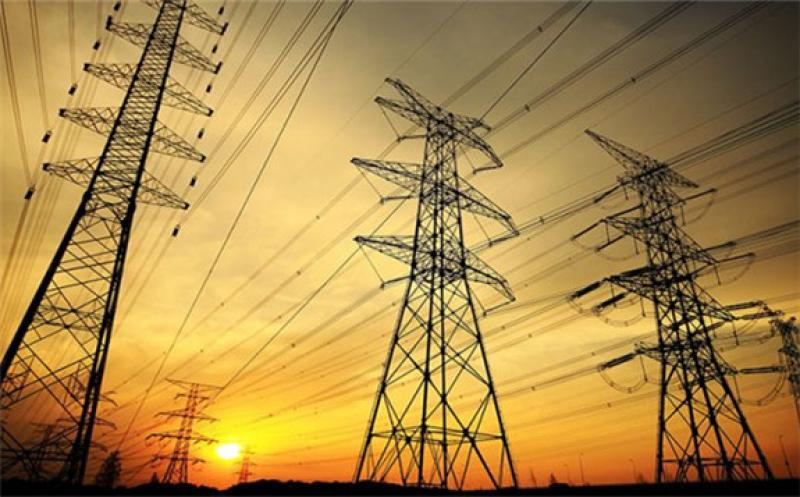Zimbabwe Electricity Transmission and Distribution Company (ZETDC) is seeking to boost power supply by tapping into excess power produced by private users of solar energy through a net metering program.

Under the program, any existing customer producing solar energy on their premises can feed excess power back into the ZETDC network through a grid-tied inverter. However, the power utility will not pay cash for the power and will credit the customer with power units instead.
Only electrical power units and not money shall be credited to the customer account and this will benefit the customer by keeping their bills low as it reduces the total units billed at the end of the month.
Power in Zimbabwe
Zimbabwe has been grappling with power shortages for several years now and is currently upgrading its major thermal power station – Hwange Thermal Power Station – with assistance from the Chinese government.
Last May, Zimbabwe was forced to introduce 18-hour daily power cuts and struggled to import electricity from neighbouring countries to plug the shortfall. At the end of March this year, the flows on the Zambezi River recorded in Victoria Falls were 54% above the long-term average and way higher than last year’s flows during the same period. But even with more water, the Zambezi River Authority said it would limit Zimbabwe and Zambia’s electricity generating capacity to 275MW each for now in an effort to ensure build-up of the reservoir storage.
Zimbabwe has installed electricity generating capacity of 1,050MW in Kariba. Power cuts hit the country’s struggling economy hard as companies lost production time while others had to invest in alternative sources of fuel.